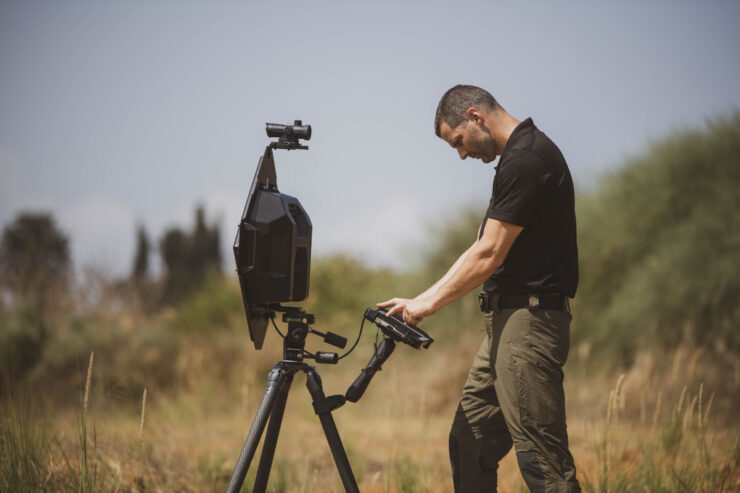
Tel Aviv: One of the main tools used by anti-terror units has been improved and now features better performance. Israeli company Camero Tech has unveiled its XLR40 systems that enables to detect people behind walls. According to the company, the system detects live objects behind walls at distances of over 50 meters.
The new system, which expands the XLR family, is particularly compact and can be carried by an individual operator, giving an operational advantage to ground forces in a hostile environment.
“We are excited to announce the release of the new XLR40, which joins our long-range XLR systems,” says Amir Beeri, CEO of Camero. “This compact and lightweight system provides tactical intelligence in a variety of operational scenarios from a great distance, while maintaining minimal friction with the target. Its many potential use cases include: in a dedicated vehicle moving quickly from point to point; behind camouflage in the performance of covert missions; or from apartments or rooftops near the target location”.
Special forces and law enforcement entities conducting urban and rural operations require reliable information regarding hidden live objects to determine the most suitable approach to ensure successful missions and life-saving. Based on an innovative ultra-wideband (UWB) sensor and supported by patented algorithms and signal processing, the Xaver long-range systems can penetrate through walls from a remote location. They provide the operator with an unprecedented, real-time situational awareness picture of whether there are people behind the wall, and if so, how many, their exact distance and their direction of movement. The highly-sensitive system also detects unseen micro-movements of static live objects. Being able to achieve these capabilities is a game changer in various operational scenarios.
The Xaver long-range systems feature integrated data recording and playback for post-mission analysis, training, and debriefing. They are controlled by a tablet with a simple user interface for intuitive interpretation. A dedicated sight is used to accurately direct the narrow beam of the system at the target. The systems can be operated by a single user and are ready for use at the push of a button.








